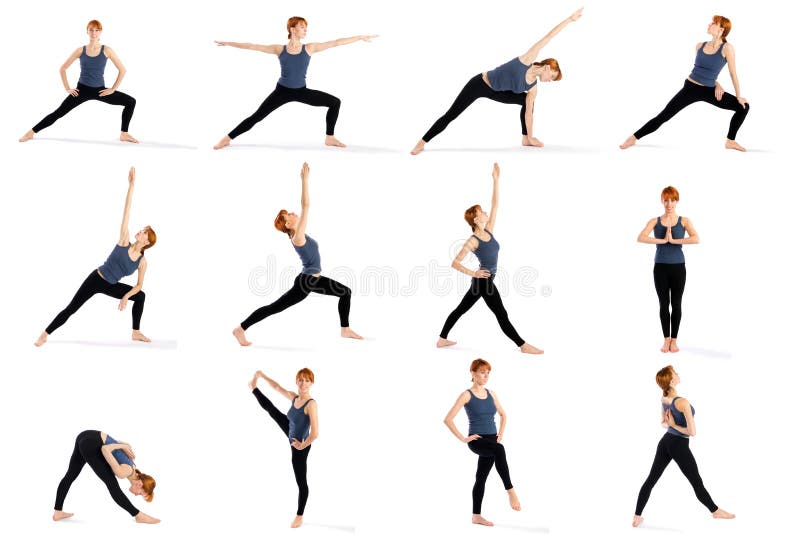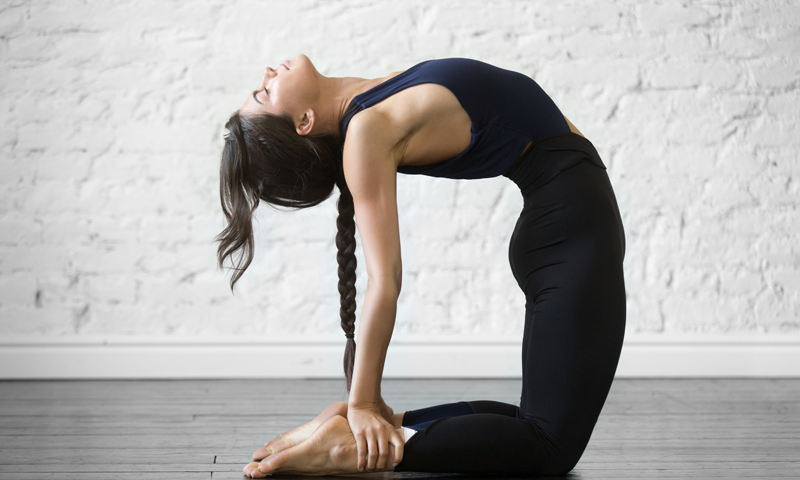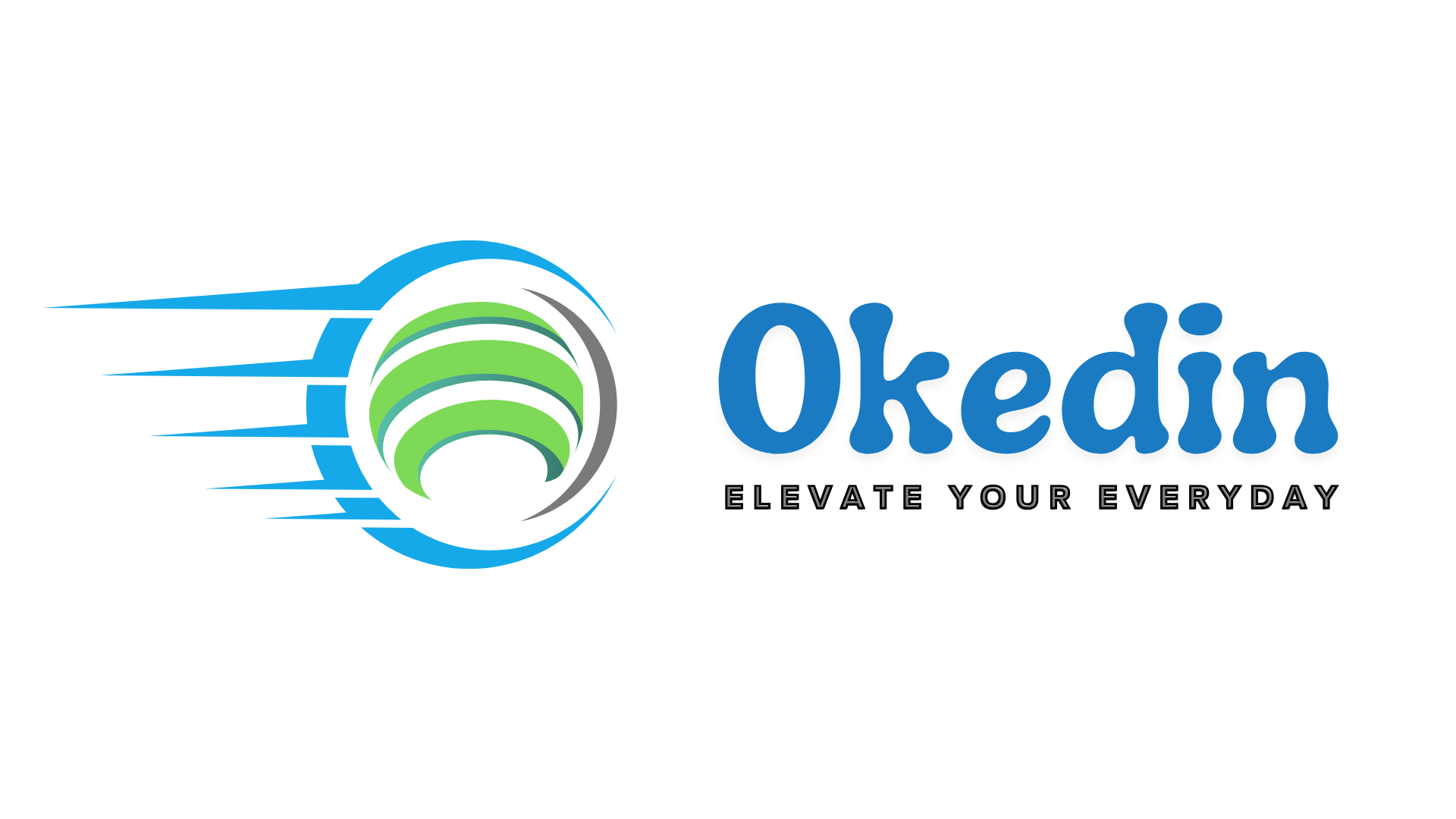Yoga poses are more than mere physical exercises; they are a bridge between the body and mind, a pathway toward greater awareness, and a practice of self-acceptance. Each pose serves as an opportunity to explore our limits, to stretch beyond what feels comfortable, and to cultivate a deeper relationship with ourselves. As we embark on this journey, particularly focusing on flexibility, it’s essential to recognize that flexibility is not merely about how far we can stretch but rather about how we can move through life with grace and ease. In this comprehensive guide, we will explore various yoga poses designed to enhance flexibility, specifically tailored for beginners.
Yoga Poses for Beginners: Building Flexibility Step-by-Step

When embarking on your yoga journey aimed at improving flexibility, it is crucial to approach each pose with mindfulness and intention. The following sections will detail fundamental yoga poses that form the building blocks of flexibility training for beginners. Each pose will be explored in terms of its mechanics, targeted muscle groups, benefits, and tips for execution. By cultivating understanding and awareness of these poses, beginners can create a solid foundation for their yoga practice.
Understanding Each Pose’s Mechanics
Every yoga pose carries unique mechanics that dictate its effectiveness in promoting flexibility. The alignment of the body, the engagement of specific muscle groups, and the breath all play integral roles in how well a pose can stretch and strengthen.
The mechanics of a pose often determine not only the immediate physical sensations experienced but also the long-term benefits gained from a consistent practice. For instance, while performing Downward-Facing Dog, the body forms an inverted V-shape that stretches the spine, hamstrings, and calves. Correct alignment ensures that the weight is evenly distributed across the hands and feet, allowing for a deeper and safer stretch.
Awareness of the breath is equally vital in yoga. Deep, conscious inhalations and exhalations allow the muscles to relax and elongate, enhancing the depth of the stretch. As you practice, focus on maintaining fluid movement between poses, linking breath to movement. This creates a meditative flow that not only improves flexibility but also calms the mind.
Targeted Muscle Groups and Benefits
Each yoga pose targets specific muscle groups, facilitating a diversified approach to flexibility training. Understanding which muscles are engaged can help enhance the benefits of each pose.
For instance, Child’s Pose primarily stretches the lower back, hips, and thighs. This pose is a restorative one that also allows for introspection and calm. On the other hand, Warrior II strengthens the legs while simultaneously stretching the groin and chest. The combination of strengthening and stretching fosters balance in the body and prevents injury.
Moreover, the benefits of improved flexibility extend beyond physical capability. Emotional and mental health can also see significant improvements through regular practice. As flexibility increases, so does resilience – both in the body’s ability to recover from physical strain and in the mind’s capacity to adapt to stressors.
Tips for Executing Poses Safely
Safety should always be a priority when practicing yoga, especially for beginners. Here are some practical tips to ensure safe execution of poses:
- Understand Your Limits: Know your body’s current range of motion and respect it. Pushing too hard can result in strains or injuries.
- Use Props: Incorporating yoga blocks, straps, or cushions can provide additional support and help deepen stretches without compromising safety.
- Maintain Alignment: Focus on proper alignment to maximize the effects of each pose. Misalignment can hinder flexibility gains and increase the risk of injury.
By keeping these considerations in mind, beginners can safely explore their flexibility and gradually progress in their yoga practice.
Key Yoga Poses for Beginners
Now, let’s delve into some key yoga poses that are particularly beneficial for beginners seeking to build flexibility. Each pose has been thoughtfully chosen for its accessibility and effectiveness.
Child’s Pose (Balasana)
Child’s Pose is often regarded as a gentle introduction to yoga that invites relaxation and respite. It provides a deep stretch for the lower back and hips while encouraging mindful breathing.
To execute Child’s Pose, start on your hands and knees, bringing your big toes together. Sit back on your heels and fold forward, resting your torso on your thighs. Extend your arms forward or alongside your body. Hold this position for 30 seconds to 1 minute, allowing the body to sink deeper with each breath.
Benefits: This pose calms the nervous system, relieves tension in the back, and stretches the spine, contributing to improved flexibility in the hips and lower back. It also encourages introspection and can serve as a moment of pause during a yoga session.
Downward-Facing Dog (Adho Mukha Svanasana)
Downward-Facing Dog is one of the most recognized yoga poses, revered for its ability to strengthen and stretch multiple muscle groups simultaneously.
Begin on your hands and knees, tucking your toes under and lifting your hips up and back to form an inverted V-shape. Aim to keep your legs straight or slightly bent, depending on your flexibility. Press firmly into the mat through your hands, lengthening your spine as you breathe deeply.
Benefits: This pose stretches the hamstrings, calves, shoulders, and spine while improving blood circulation. It strengthens the arms and legs and promotes a sense of calmness and grounding, making it an excellent pose for individuals at any level.
Cat-Cow Pose (Bitilasana Marjaryasana)
The Cat-Cow sequence is a gentle flow that enhances spinal flexibility while warming up the body.
On your hands and knees, start in a neutral position. Inhale deeply as you drop your belly towards the mat, lifting your chest and tailbone for Cow Pose. Then, exhale and round your spine towards the ceiling, tucking your chin to your chest for Cat Pose. Transition smoothly between these two positions for several repetitions, synchronizing your movements with your breath.
Benefits: This flow improves spinal flexibility, strengthens core muscles, and stretches the chest and abdomen. Additionally, it promotes relaxation and helps alleviate stress and tension.
Cobra Pose (Bhujangasana)
Cobra Pose is a powerful backbend that opens the chest and strengthens the spine, promoting flexibility throughout the upper body.
Lie on your stomach with your legs extended, placing your hands under your shoulders. Press your hands into the mat to lift your chest off the ground, ensuring your shoulders remain relaxed. Keep your neck long and gaze forward. Hold this position for 15-30 seconds while breathing deeply.
Benefits: Cobra Pose stimulates the spine, improves posture, and stretches the chest and abdomen. This pose counteracts the effects of prolonged sitting and helps to release tension in the back, contributing to overall flexibility.
Warrior II Pose (Virabhadrasana II)
Warrior II is an empowering pose that engages the legs and core while stretching the hips and chest.
Standing with your feet approximately four feet apart, turn your right foot out 90 degrees and your left foot slightly inward. Bend your right knee over your ankle, aligning it with your ankle. Extend your arms out to the sides, parallel to the floor, palms facing down. Keep your gaze forward over your right hand.
Benefits: This pose builds strength in the legs and improves balance while stretching the groin and hips. It also opens the chest and shoulders, fostering a sense of confidence and stability.
Triangle Pose (Trikonasana)
Triangle Pose offers a comprehensive stretch for the hamstrings, calves, and spine, along with benefits for improving balance and stability.
Stand with your feet about three to four feet apart. Turn your right foot out 90 degrees and your left foot slightly inward. Extend your arms out to the sides, parallel to the floor. Bend at your hip, extending your right hand towards your right foot while raising your left arm upward. Look towards your left hand.
Benefits: Triangle Pose strengthens the legs and core while providing a deep stretch for the hips and hamstrings. It also helps relieve stress and anxiety, making it an excellent addition to any beginner’s routine.
Standing Forward Bend (Uttanasana)
Standing Forward Bend is a classic pose that stretches the hamstrings, calves, and lower back, promoting relaxation.
Stand with your feet hip-width apart. Hinge forward at your hips, keeping your back straight, and reach for your toes or let your body hang. If needed, bend your knees slightly. Hold this position for 30 seconds to 1 minute, breathing deeply.
Benefits: This pose alleviates stress and anxiety while improving circulation. It gently stretches the entire back body and prepares practitioners for deeper stretches in subsequent poses.
Bridge Pose (Setu Bandha Sarvangasana)
Bridge Pose is a restorative backbend that strengthens the glutes and opens the chest while promoting spinal flexibility.
Lie on your back with your knees bent and feet flat on the mat. Place your arms alongside your body, palms facing down. Press through your feet and shoulders to lift your hips off the ground. Hold for 30 seconds to 1 minute while breathing deeply.
Benefits: Bridge Pose stretches the chest and spine while strengthening the glutes and back. It can improve circulation and relieve tension, making it an ideal pose for beginners.
Reclined Twist (Supta Matsyendrasana)
Reclined Twist is a gentle pose that improves spinal flexibility and releases tension in the back and hips.
Lie on your back with your knees bent and feet flat on the mat. Extend your arms out to the sides. Bend your right knee and gently drop it towards your left side while turning your head to the right. Hold this position for 30 seconds to 1 minute, then switch sides.
Benefits: This pose stretches the spine and obliques while promoting relaxation. It can help alleviate discomfort in the back and hips and is excellent for unwinding at the end of a practice.
Savasana (Corpse Pose)
Savasana, or Corpse Pose, is the final resting pose that integrates the benefits of the entire practice.
Lie on your back with your legs extended and arms slightly away from the body, palms facing up. Close your eyes and relax your entire body, focusing on your breath. Stay in this pose for 5-10 minutes, allowing yourself to fully unwind.
Benefits: Savasana promotes relaxation and stress reduction, calming both the mind and body. It allows practitioners to absorb the benefits of their practice, paving the way for a deeper connection with themselves.
Conclusion

Embracing the journey of flexibility through yoga poses opens a world of possibilities for both physical and mental growth. Each pose serves as a stepping stone toward a more flexible body and a more grounded mind. By incorporating these beginner-friendly poses into your routine, you lay the groundwork for a lifelong practice that enriches your overall well-being.
Remember that the path to enhanced flexibility is not linear and requires patience and consistency. Celebrate the small victories along the way, whether it’s touching your toes, deepening your breath, or simply enjoying the present moment on your mat. With time, dedication, and an open heart, you will discover the transformative power of yoga and its remarkable ability to foster flexibility, resilience, and inner peace.
Simple Yoga Poses A Beginner’s Guide to Weight Loss and Beyond


